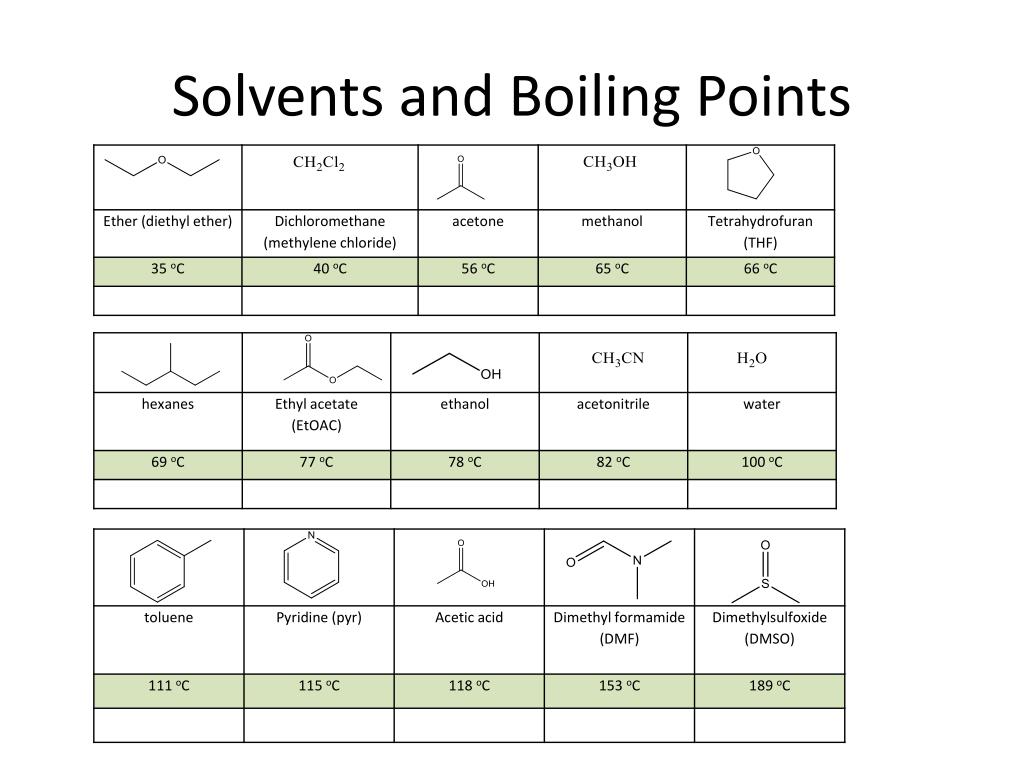

It undergoes sulfonation to give p-toluenesulfonic acid, and chlorination by Cl 2 in the presence of FeCl 3 to give ortho and para isomers of chlorotoluene.

Because the methyl group has greater electron-releasing properties than a hydrogen atom in the same position, toluene is more reactive than benzene toward electrophiles. Toluene reacts as a normal aromatic hydrocarbon in electrophilic aromatic substitution. The C-CH 3 bond is longer at 0.1524 nm, while the average C-H bond length is 0.111 nm. The distance between carbon atoms in the toluene ring is 0.1399 nm. In 1850, French chemist Auguste Cahours isolated from a distillate of wood a hydrocarbon which he recognized as similar to Deville's benzoène and which Cahours named toluène. In 1843, Jöns Jacob Berzelius recommended the name toluin. In 1841, Henri Étienne Sainte-Claire Deville isolated a hydrocarbon from balsam of Tolu (an aromatic extract from the tropical Colombian tree Myroxylon balsamum), which Deville recognized as similar to Walter's rétinnaphte and to benzene hence he called the new hydrocarbon benzoène. The compound was first isolated in 1837 through a distillation of pine oil by Pierre Joseph Pelletier and Filip Neriusz Walter, who named it rétinnaphte. Toluene is predominantly used as an industrial feedstock and a solvent.Īs the solvent in some types of paint thinner, permanent markers, contact cement and certain types of glue, toluene is sometimes used as a recreational inhalant and has the potential of causing severe neurological harm. As such, its systematic IUPAC name is methylbenzene. It is a mono-substituted benzene derivative, consisting of a methyl group (CH 3) attached to a phenyl group. It is a colorless, water-insoluble liquid with the odor associated with paint thinners. ɒ l, - ɔː l, - oʊ l/), is a substituted aromatic hydrocarbon. j u iː n/), also known as toluol ( / ˈ t ɒ l. ORCID iDs Moreno-Leon, Carlos, Mack, Corin, Roy, Sudipta ORCID: and ter Horst, Joop H.Toluene ( / ˈ t ɒ l. The analysis revealed systems with apparent ideal behaviour where counteracting non-ideality effects cancel each other's. The mixing thermodynamic properties of the several solute-solvent systems were further analyzed by the van ‘t Hoff and Wilson equations for a better understanding of the solution behaviour. The NRTL and the van't Hoff equations present closer overall correlations, while the Margules and the λh models show deviations >5 % for several compounds in the three solvent systems. From the solubility and the activity coefficient, a number of thermodynamic models including van't Hoff, Apelblat, λh, Margules, van Laar, Wilson, and the Non-Randomness Two Liquids (NRTL) were used for the correlation of the experimental data. All the compounds in toluene presented a positive deviation from ideal solution, while both positive and negative deviations were observed for the model compounds in the other two apolar solvents. The non-ideal behaviour of the binary systems was evaluated in terms of the activity coefficient. The solubility of the studied compounds in the three solvents increases with temperature in all binary solute-solvent systems, and all compounds exhibit a higher solubility in 1,4-dioxane than in toluene and cyclopentyl methyl ether. The temperature dependent solubility of 18 organic compounds, of which some are active pharmaceutical ingredients, was measured in 1,4-dioxane, toluene and cyclopentyl methyl ether over a temperature range between 0 and 70 ☌ using a turbidity method. Filename: Moreno_Leon_etal_JML_2022_Solubility_analysis_of_18_active_pharmaceutical_ingredients_and_intermediates.pdf


 0 kommentar(er)
0 kommentar(er)
